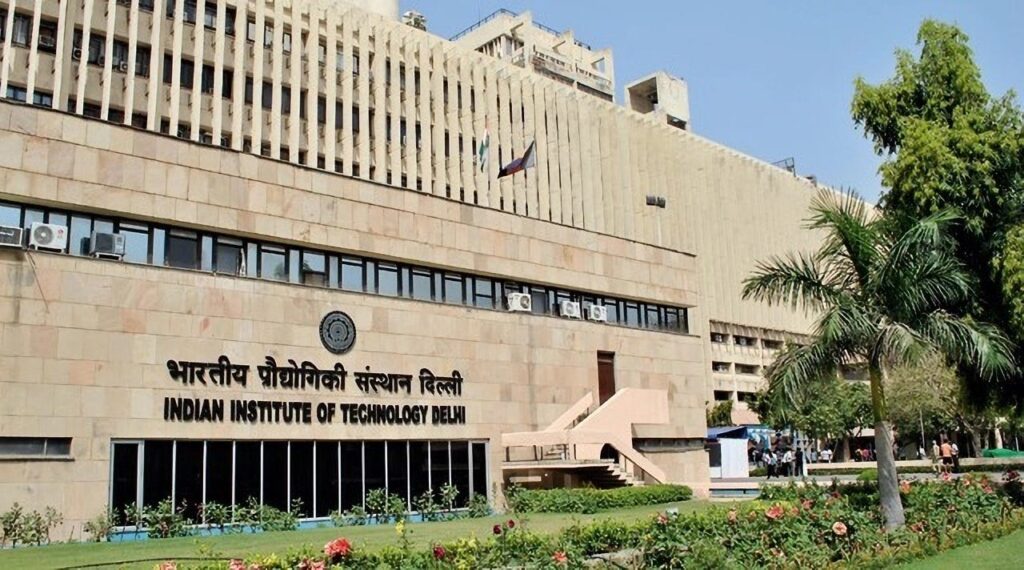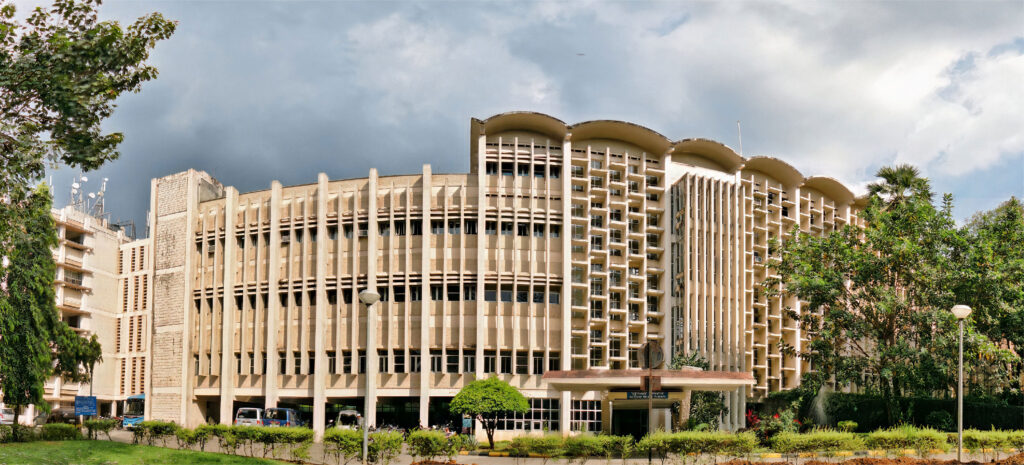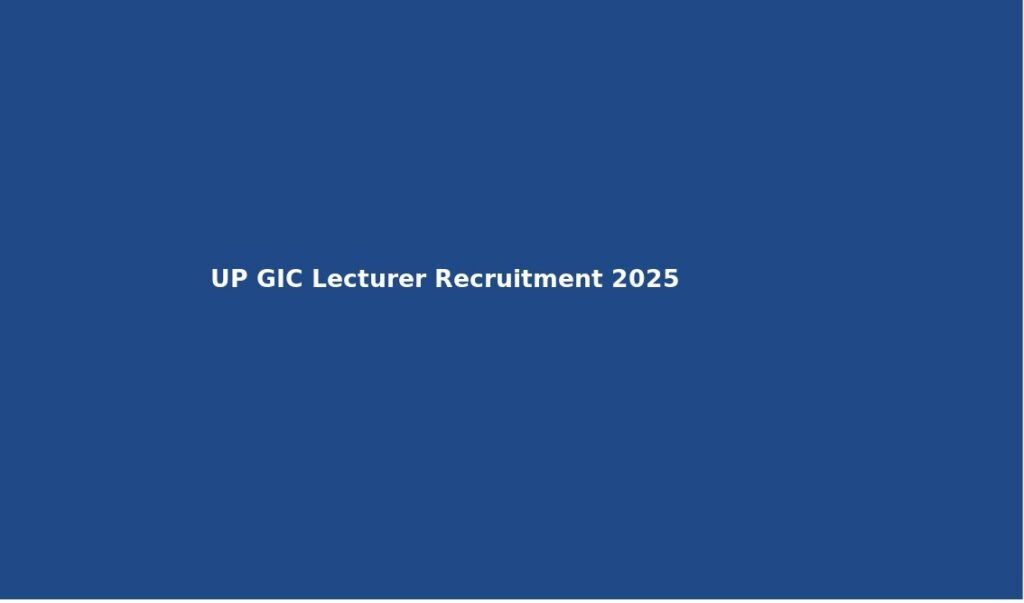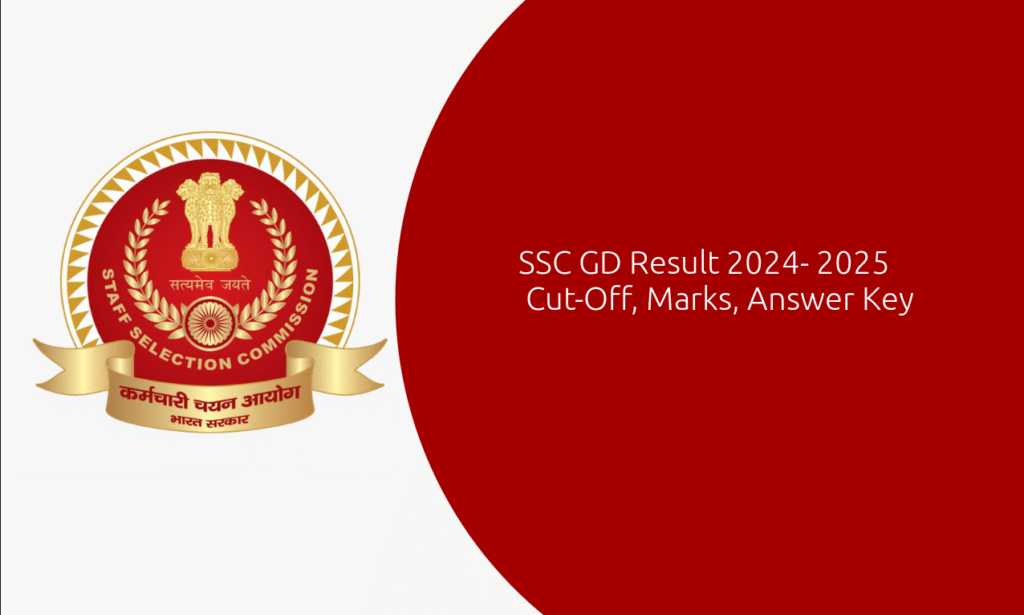In a significant shift within the landscape of Indian higher education, IIT Delhi has reclaimed its position as India’s leading institution in the QS World University Rankings 2026, a feat not achieved in eight years. This remarkable ascent, seeing the institute jump 27 places globally to 123rd, marks a strategic triumph and a clear overtaking of IIT Bombay, which had dominated the top spot for much of the last decade.
The Union Education Ministry announced on Thursday (June 19, 2025) that India’s higher education institutions have recorded their highest-ever performance in the QS World University Rankings 2026, conducted by the British firm Quacquarelli Symonds (QS).

The Catalyst: IIT Delhi’s Strategic Overhaul- QS World University Rankings 2026
IIT Delhi’s resurgence isn’t a stroke of luck; it’s the result of a deliberate and multifaceted strategic overhaul. The institution focused on several key areas, demonstrating a commitment to global competitiveness and holistic development:
- Global Research Prowess: A major driver of IIT Delhi’s improved standing is its aggressive expansion of international research collaborations. A substantial 25-30% of its over 4,000 annual publications now involve global co-authors, and the institute actively supported 135 bilateral research projects. This focus significantly boosted its Citations per Faculty score to 93.1, notably higher than IIT Bombay’s 82.9, a critical QS metric.
- Strengthened Employer Confidence: The institute saw a commendable 23-place jump in Employer Reputation, now ranking 50th globally. This indicates a heightened trust from industries in IIT Delhi graduates, a testament to robust corporate partnerships and enhanced career readiness programs designed to equip students for the professional world.
- Commitment to Sustainability and Inclusivity: IIT Delhi’s sustainability ranking surged by an impressive 252 places. This leap is attributed to its proactive adoption of renewable energy, comprehensive diversity and inclusion policies (including targeted recruitment drives for SC/ST candidates and support for differently-abled students), and progressive governance reforms that even include student representation in academic decisions.
- Faculty Enhancement and Infrastructure Investment: Leveraging the Institute of Eminence (IoE) scheme, IIT Delhi invested a substantial ₹1,000 crore, with ₹200-250 crore specifically allocated to high-end research facilities. This was coupled with an aggressive faculty hiring drive, notably focusing on increasing the representation of women and SC/ST candidates, thereby improving its crucial faculty-student ratio.
- Ambitious Global Expansion with Abu Dhabi Campus: The 2024 launch of IIT Delhi’s Abu Dhabi campus represents a bold step in amplifying its global visibility. This international outpost is instrumental in attracting a more diverse international student body and fostering cross-border academic ties, significantly boosting the institute’s global footprint.
IIT Bombay’s Slide: A Closer Look In the QS World University Rankings 2026
While IIT Bombay continues to hold a strong position in Employer Reputation (39th globally) and Academic Reputation, its slip to 129th highlights areas where it lagged. Notably, its international student diversity remains low at just 1.5% compared to IIT Delhi’s 6.3%, and its research collaboration scores (46.6) are significantly lower than IIT Delhi’s 66.9. These factors collectively contributed to its altered standing.

India’s Ascending Star in Global Education
Beyond the individual success of IIT Delhi, the QS World University Rankings 2026 paint a broader picture of India’s burgeoning influence in global higher education. India now boasts 54 universities in the QS rankings, making it the fourth highest globally, trailing only the US, UK, and China. The debut of eight new Indian institutions this year further underscores the rapid growth and increasing quality within the sector.

Other notable Indian institutions also showed impressive progress:
- IIT Madras made a significant leap of 47 spots to 180th, breaking into the top 200 for the first time.
- IISc Bangalore (219th) and IIT Kharagpur (215th) also solidified their positions within the top 250 globally.
The Path Forward: Sustaining Momentum
While IIT Delhi’s remarkable success showcases the effectiveness of strategic reforms, the journey toward global academic leadership continues. Key challenges remain for all Indian institutions, including:
- Boosting international student enrollment, which currently stands below 2% at most IITs.
- Further improving faculty-student ratios to enhance the learning environment.
- Sustaining the current research momentum to achieve the ambitious goal of breaking into the global top 100.
With IIT Delhi now at the forefront, leading this charge, India’s higher education sector is undeniably poised for greater global recognition. However, as the competition intensifies on the world stage, continuous innovation and strategic investments will be crucial for sustained success.
What do you think is the most impactful factor in an institution’s rise in global rankings?
The Bigger Picture: India’s Rise in Global Rankings
India now has 54 universities in the QS World University Rankings 2026 —the fourth highest globally, behind the US, UK, and China. Eight new Indian institutions debuted this year, signaling rapid growth in higher education 110.
Other Notable Performers:
- IIT Madras jumped 47 spots to 180th, entering the top 200 for the first time 410.
- IISc Bangalore (219th) and IIT Kharagpur (215th) also featured in the top 250 8.
The Road Ahead
IIT Delhi’s success underscores the impact of strategic reforms, but challenges remain:
- Boosting international student enrollment (still below 2% at most IITs)
- Further improving faculty-student ratios
- Sustaining research momentum to break into the global top 100







